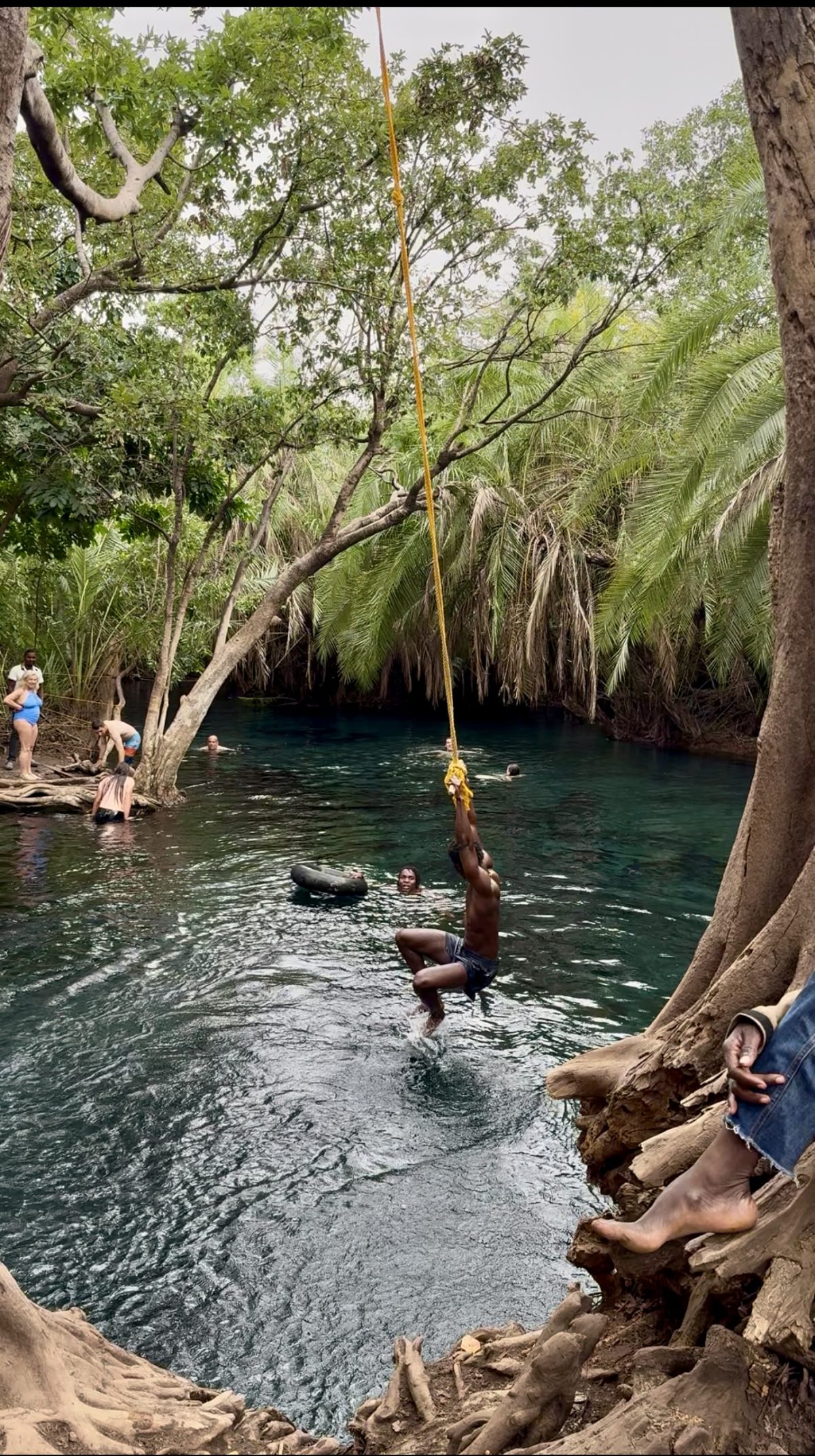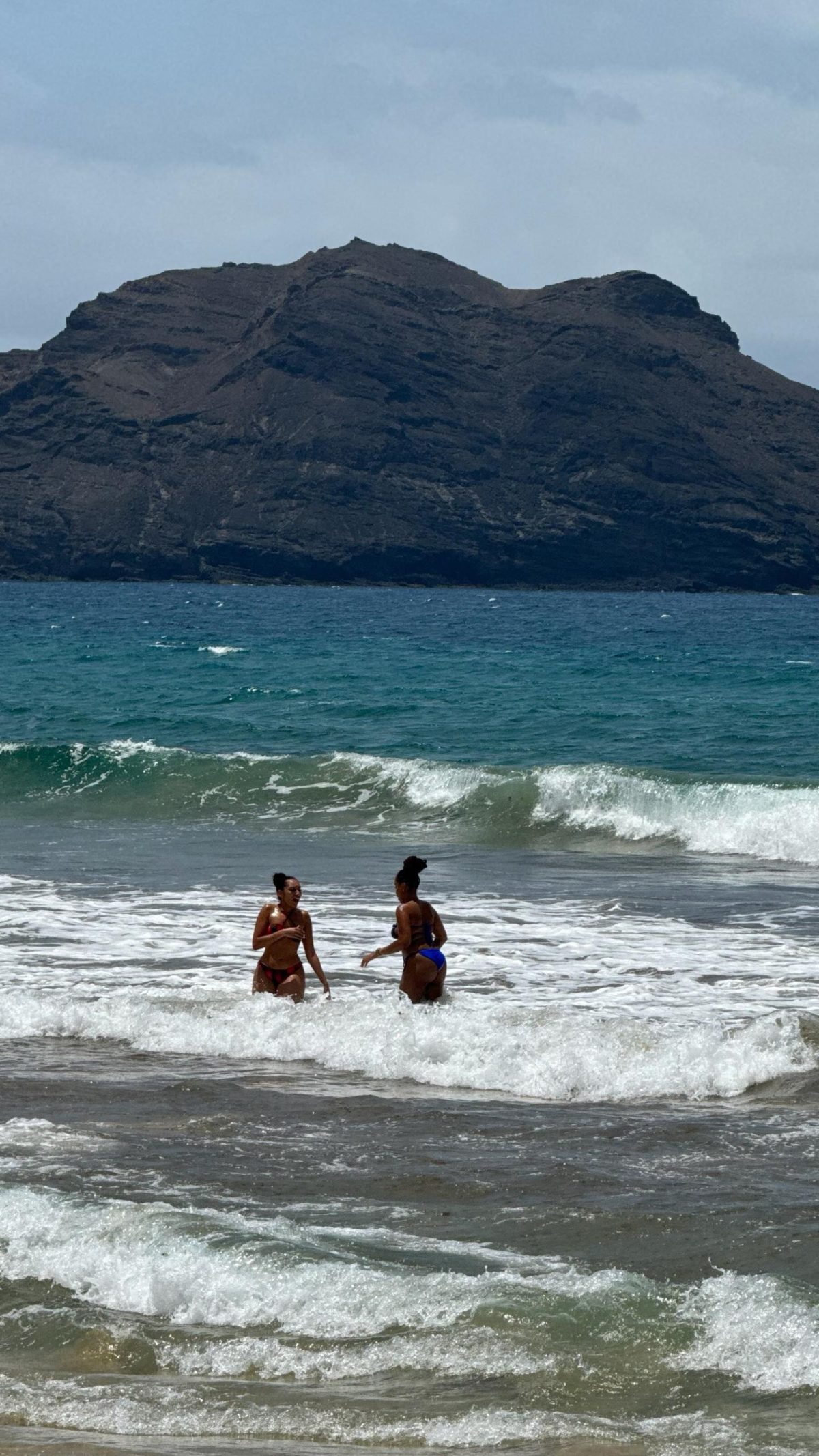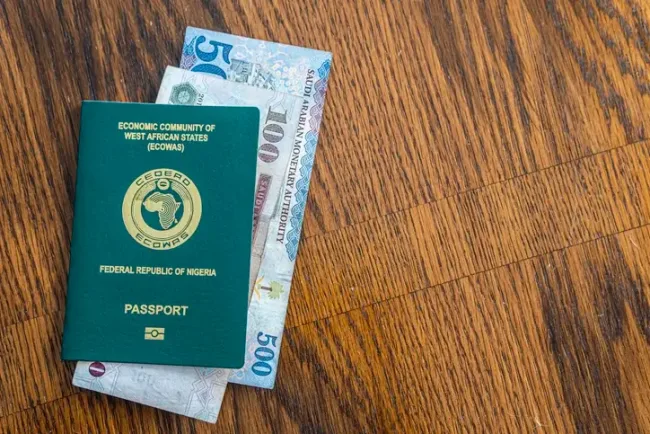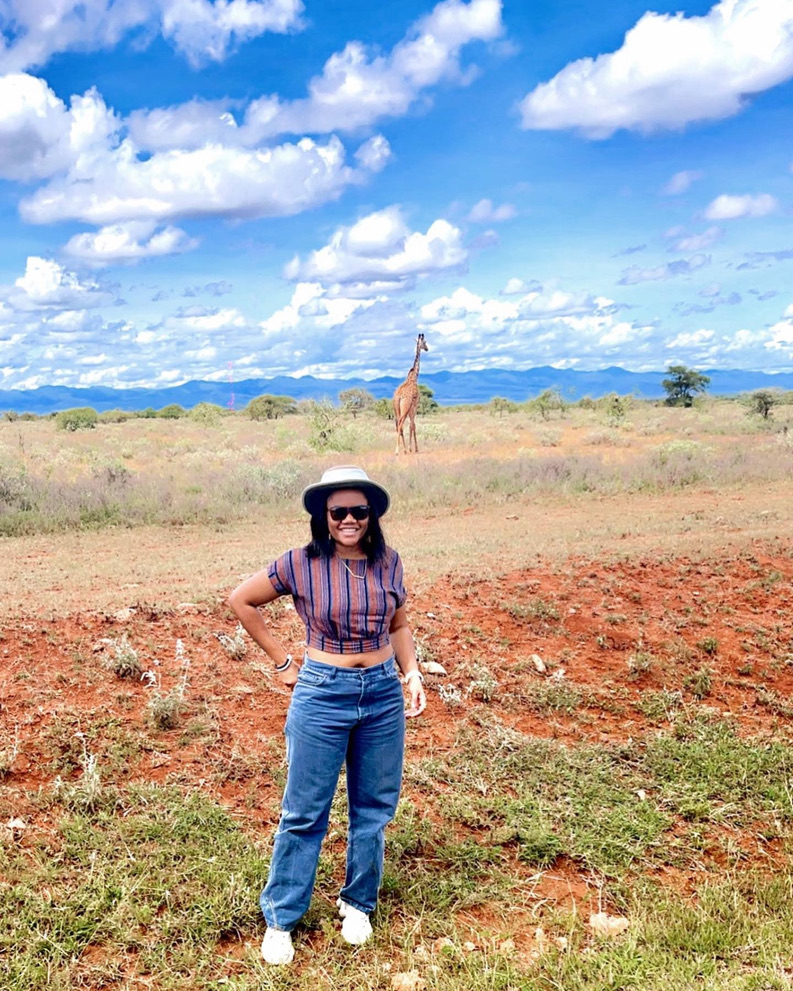Your cart is currently empty!
Tag: Travel Guide
What To Do In Arusha, Tanzania: A Travel Guide
Arusha is the gateway to Tanzania’s northern safari circuit and a destination worth exploring on its own. The city offers stunning landscapes, lively markets, natural hot springs, coffee farms, and cultural experiences that give you a real sense of place. This guide shares everything you need to plan your trip—when to visit, how to get…
Cape Verde vs Tanzania: Which Should You Visit?
One of the most common questions I get from people is, “Which should I visit, Cape Verde vs Tanzania? Can you help me decide?” And I totally understand. Both countries are breathtaking, but outside of the beautiful beaches, people don’t really know what else they offer.
Countries with Easy Visas for Nigerians: Hassle-Free Destinations
Traveling as a Nigerian passport holder often comes with the extra hurdle of visa applications. If you’ve ever searched for easy visas for Nigerians, you know how frustrating it can be to find destinations that don’t require endless paperwork and long approval waits.
Best Things to Do in St. Louis Senegal – A Complete Travel Guide
St. Louis, Senegal, is a city that whispers stories of the past through its colonial architecture, colorful fishing boats, and rhythmic beats of local music. Once the capital of French West Africa, this UNESCO-listed island city feels like stepping back a decade in time.
The Ultimate Senegal Travel Guide: Explore Like a Pro
I’ve smelled the best incense of my life and tasted the flakiest, most delicious croissants in Senegal—but that’s not the best part of this Francophone gem.
Nairobi Awaits: 20 Top Activities for Every Traveler
Nairobi, Kenya’s vibrant capital, is a city like no other—a thrilling mix of urban energy and untamed nature. Just minutes from downtown, you can witness majestic wildlife at Nairobi National Park, where lions, rhinos, and giraffes roam freely against towering skyscrapers. It’s where the city’s heart meets the call of the wild. Beyond the park,…





